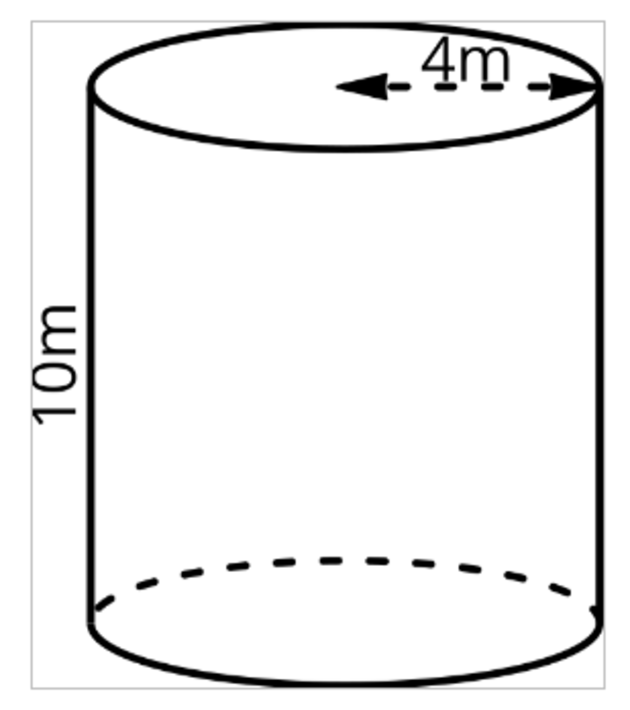5 Ways to Solve Inequalities With Ease

Solving inequalities can be a daunting task for many students, but with the right strategies and techniques, it can become a manageable and even enjoyable experience. In this article, we will explore five ways to solve inequalities with ease, covering various methods and tools to help you overcome common obstacles.
Understanding Inequalities
Before we dive into the methods, it’s essential to understand what inequalities are and how they differ from equations. An inequality is a statement that compares two expressions using greater than ( > ), less than ( < ), greater than or equal to ( ≥ ), or less than or equal to ( ≤ ) symbols. Unlike equations, which have a specific solution, inequalities often have a range of solutions.
Method 1: Addition and Subtraction Properties
One of the simplest ways to solve inequalities is by using the addition and subtraction properties. This method involves adding or subtracting the same value to both sides of the inequality, which does not change the direction of the inequality.
Example:
Solve the inequality: 2x + 5 > 11
- Subtract 5 from both sides: 2x > 11 - 5
- Simplify: 2x > 6
Method 2: Multiplication and Division Properties
Another effective method is using the multiplication and division properties. When multiplying or dividing both sides of an inequality by a positive number, the direction of the inequality remains the same. However, when multiplying or dividing by a negative number, the direction of the inequality is reversed.
Example:
Solve the inequality: 4x < 24
- Divide both sides by 4: x < 24 / 4
- Simplify: x < 6
Method 3: Factoring and the Zero Product Property
Factoring and the zero product property can be useful tools for solving inequalities, especially those involving quadratic expressions.
Example:
Solve the inequality: x^2 + 5x + 6 ≤ 0
- Factor the quadratic expression: (x + 3)(x + 2) ≤ 0
- Use the zero product property to find the critical values: x + 3 = 0 or x + 2 = 0
- Solve for x: x = -3 or x = -2
- Determine the solution set: -3 ≤ x ≤ -2
Method 4: Graphing Inequalities
Graphing inequalities can help visualize the solution set and provide a clear representation of the inequality.
Example:
Solve the inequality: 2x - 3 > 5
- Graph the related equation: 2x - 3 = 5
- Determine the boundary: x = 4
- Choose a test point: x = 5
- Substitute the test point into the inequality: 2(5) - 3 > 5
- Simplify: 7 > 5 (True)
- Shade the region: x > 4
Method 5: Using Inequality Theorems
Inequality theorems, such as the transitive property and the triangle inequality, can be used to simplify and solve inequalities.
Example:
Solve the inequality: x - 2 > 3 and x + 2 < 7
- Use the transitive property to combine the inequalities: x - 2 > 3 and x < 7 - 2
- Simplify: x > 5 and x < 5
- Determine the solution set: No solution
Important Notes
📝 Note: When solving inequalities, it's crucial to remember that the direction of the inequality can change when multiplying or dividing by a negative number.
📝 Note: Inequality theorems can help simplify complex inequalities, but they may not provide a straightforward solution.
In conclusion, solving inequalities can be a manageable task when using the right strategies and techniques. By understanding the properties of inequalities and applying methods such as addition and subtraction, multiplication and division, factoring, graphing, and using inequality theorems, you can overcome common obstacles and find the solution to even the most complex inequalities.
FAQ Section
What is the difference between an equation and an inequality?
+
An equation has a specific solution, while an inequality has a range of solutions.
How do I determine the direction of an inequality when multiplying or dividing by a negative number?
+
When multiplying or dividing by a negative number, the direction of the inequality is reversed.
What is the zero product property, and how is it used to solve inequalities?
+
The zero product property states that if the product of two factors is zero, then at least one of the factors must be zero. This property can be used to find the critical values of an inequality.



